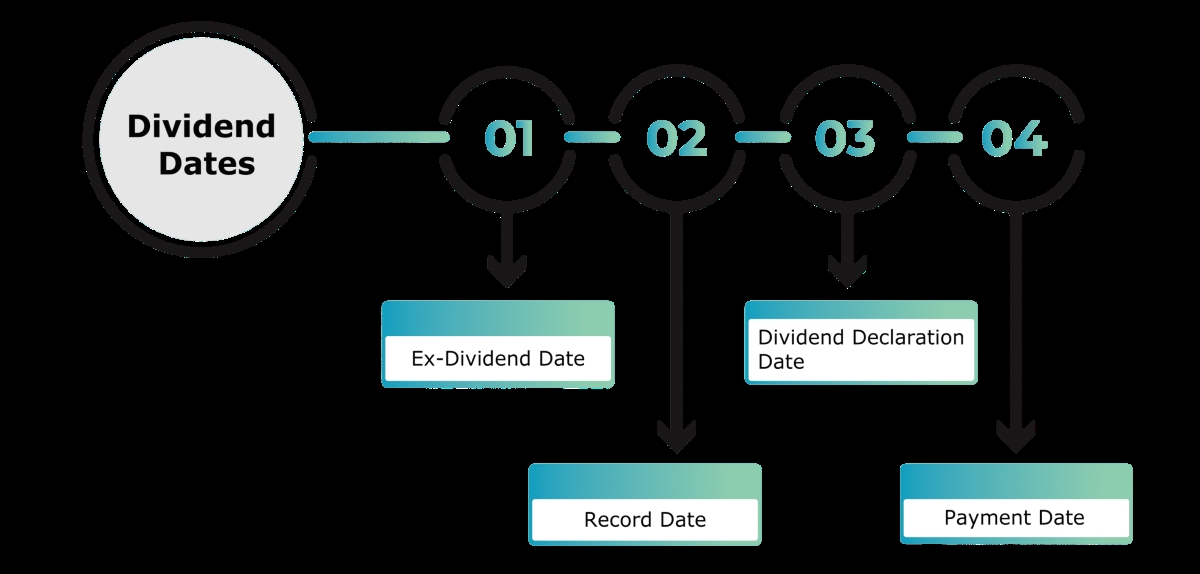

Finance
Batch Header Record Definition
Published: October 14, 2023
Learn about the definition and importance of Batch Header Record in finance. Explore key elements and functions for efficient financial management.
(Many of the links in this article redirect to a specific reviewed product. Your purchase of these products through affiliate links helps to generate commission for LiveWell, at no extra cost. Learn more)
Understanding Batch Header Record Definition in Finance
Welcome to the world of finance! In this blog post, we are going to delve into an important aspect of financial transactions – the batch header record. Whether you are a finance professional or just someone who wants to enhance your financial literacy, understanding batch header records is crucial. So, let’s explore what exactly a batch header record is and why it matters!
Key Takeaways:
- A batch header record is a component of financial systems that contains important information about a specific group of transactions.
- It serves as an identifier and organizer for a batch of financial transactions, facilitating efficient processing and tracking.
Now, let’s dive deeper into the world of batch header records and uncover their significance in the finance industry.
What is a Batch Header Record?
In the realm of finance, a batch header record is a data structure that acts as a container for a group of related financial transactions. It typically appears at the beginning of a batch and serves as a header, providing crucial details about the transactions that follow.
Think of a batch header record as the cover page of a financial document. It includes information such as the batch number, creation date, processing status, and the total number of transactions within the batch. This record acts as an identifier and organizer, making it easier for financial systems to process, validate, and reconcile the transactions.
Why Do Batch Header Records Matter?
Batch header records play a vital role in ensuring the smooth functioning of financial systems. Here’s why they matter:
- Efficient Processing: By grouping related transactions together, batch header records allow financial systems to process transactions more efficiently. Instead of processing each transaction individually, the system can handle the entire batch as a single unit, reducing processing time and improving overall system performance.
- Accurate Tracking: Since a batch header record contains information about the total number of transactions within a batch, it helps in accurately tracking the number of transactions processed. This feature is especially useful when reconciling financial data or identifying any potential discrepancies.
Batch header records are commonly used in various financial processes, such as payment processing, invoice generation, and electronic fund transfers. They streamline the workflow, enhance data integrity, and provide a systematic approach to managing financial transactions.
In conclusion, understanding batch header records is essential for anyone involved in finance. From improving efficiency to ensuring accuracy, batch header records serve as the backbone of financial systems. So, the next time you come across a batch header record, remember its significance in the realm of finance!














